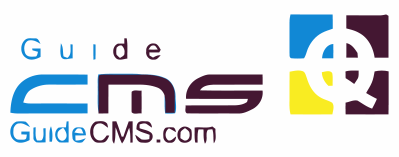
Brancam: Comprehensive Overview
Description
Brancam is a CMS (Content Management System) primarily designed for web designers. Developed by Perception Technologies, a Catalan company active since 2000, the CMS was initially launched in 2006 to address the specific needs of their clients. Since 2010, Brancam has been available to other professionals seeking a simple yet effective content management solution for websites.
Technologies and Features
- Multilingual Support: Built-in tools for managing multilingual websites with seamless translation capabilities.
- E-commerce: A complete system including inventory management, tax handling, shipping configurations, and multiple payment options (PayPal, credit card, bank transfer).
- Customization: Allows importing custom HTML/CSS designs or using pre-designed templates.
- User Interface: Intuitive system with features such as drag-and-drop, WYSIWYG editor, role-based user management, and private pages.
- Hosting: Cloud-hosted with integrated backups.
- SEO and Social Media: Pages optimized for SEO and tools for RSS feeds and automated social media posts
License and Business Model
Brancam operates as a SaaS (Software as a Service) with subscription plans that include hosting and technical support. It is also available as a white-label product, allowing agencies to resell the CMS under their own brand
Pros
- Easy to use for non-developers thanks to its intuitive interface.
- Ideal for designers due to its high level of customization.
- Comprehensive e-commerce functionalities.
- Native support for multilingual and international websites.
Cons
- Less widely known, limiting its ecosystem compared to larger CMSs.
- Reliance on cloud hosting may restrict options for users needing on-premise solutions.
Launch Date
Brancam was initially released in 2006 and became publicly accessible in 2010
Brancam is a designer-focused CMS created by Perception Technologies in 2006, offering intuitive tools like drag-and-drop content management, multilingual support, e-commerce functionality, and robust customization options for HTML/CSS. It operates as a SaaS with white-label possibilities, ideal for designers and small businesses aiming for flexibility and ease of use. Downsides include limited recognition and reliance on cloud hosting



